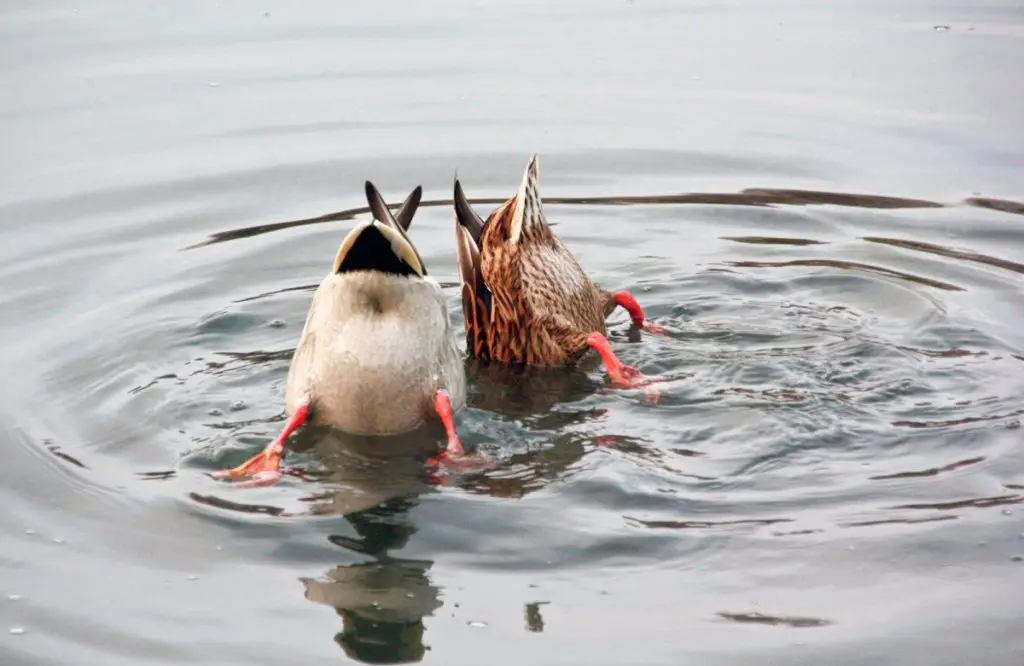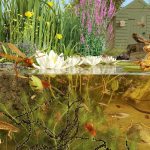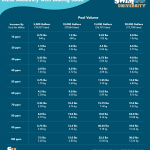What Do Ducks Eat in a Pond
Ducks are delightful creatures that can be found in ponds, lakes, and rivers all around the world. These waterfowl are known for their adorable waddling and quacking, but have you ever wondered what ducks eat in a pond? Understanding the dietary habits of ducks is not only fascinating but also essential for their well-being. In this comprehensive guide, we will explore the diverse diet of ducks in a pond, shedding light on their natural feeding behaviors and nutritional needs.
What Do Ducks Eat?
Ducks are omnivorous birds, which means they have a varied diet consisting of both plant and animal matter. Their natural diet is influenced by their environment, seasonal availability of food, and their own feeding behaviors. Let’s delve into the specifics of what ducks eat in a pond:
1. Aquatic Plants
Ducks are herbivores and consume a significant amount of aquatic plants as part of their diet. Common plants that ducks feed on include duckweed, water lilies, pondweeds, and various types of algae. These plants provide essential nutrients and fiber for ducks, aiding in their digestion and overall health.
2. Insects and Invertebrates
In addition to plants, ducks are opportunistic feeders and will eagerly consume insects and invertebrates found in and around the pond. They often forage for aquatic insects, snails, worms, and small crustaceans, which serve as excellent sources of protein and essential nutrients.
3. Seeds and Grains
Ducks also have a fondness for seeds and grains, particularly during the fall and winter months when these food sources become more abundant. They feed on a wide range of seeds, including those of grasses, sedges, and various aquatic plants. This diverse array of seeds and grains contributes to the overall nutritional balance of their diet.
4. Small Fish and Amphibians
While plant matter forms the bulk of their diet, ducks are known to consume small fish, tadpoles, and amphibians when the opportunity arises. This animal protein supplements their diet with essential fatty acids and other nutrients, contributing to their overall health and vitality.
Ducks’ Feeding Behavior
Ducks exhibit a range of feeding behaviors that are adapted to their natural habitat and the availability of food. Understanding these behaviors can provide valuable insights into their dietary preferences and nutritional requirements:
1. Dabbling
One of the most common feeding behaviors observed in ducks is dabbling, where they tip forward in the water, submerge their heads, and forage for food at the water’s surface. Dabbling ducks primarily feed on aquatic plants, insects, and small crustaceans found in shallow water.
2. Diving
Certain species of ducks, known as diving ducks, are adept at diving underwater to forage for food. They can dive to considerable depths in search of aquatic vegetation, invertebrates, and small fish. This behavior allows them to access food sources that may be out of reach for dabbling ducks.
3. Grazing
Ducks are known to graze on land, feeding on grasses, sedges, and other vegetation around the pond’s edge. This behavior is particularly common during the nesting season when ducks require additional nutrients to support egg production and incubation.
Nutritional Considerations
The diverse diet of ducks in a pond plays a crucial role in meeting their nutritional requirements for growth, maintenance, and reproduction. Here are some key nutritional considerations for ducks:
1. Protein
Protein is essential for muscle development, feather growth, and overall health. Ducks obtain protein from a variety of sources, including insects, invertebrates, and small animal prey. A balanced intake of protein is vital for their physiological functions and reproductive success.
2. Carbohydrates
Carbohydrates derived from seeds, grains, and aquatic plants provide ducks with the necessary energy to sustain their daily activities, including foraging, swimming, and flying. Carbohydrates are a primary source of fuel for ducks, especially during migration and harsh winter conditions.
3. Vitamins and Minerals
Ducks rely on a range of vitamins and minerals to maintain their immune function, bone health, and metabolic processes. Aquatic plants, seeds, and invertebrates contribute to the intake of essential vitamins such as vitamin A, vitamin K, and various minerals including calcium and phosphorus.
4. Seasonal Variation
The dietary preferences of ducks can vary seasonally, with fluctuations in food availability influencing their nutrient intake. During the breeding season, ducks require a higher proportion of protein-rich foods to support egg formation and incubation, while in the winter, they may rely more on energy-dense seeds and grains to sustain themselves through colder temperatures.
Human Impact on Ducks’ Diet
While ducks are well adapted to foraging for natural food sources in their habitat, human activities can have both positive and negative impacts on their dietary patterns:
1. Feeding by Humans
Feeding ducks with bread or other processed foods can disrupt their natural diet and lead to nutritional imbalances. Bread lacks the essential nutrients that ducks need and can cause health problems such as obesity and malnutrition. Encouraging natural foraging behaviors is crucial for the well-being of ducks in ponds.
2. Habitat Degradation
Pollution, habitat loss, and invasive species can diminish the availability of natural food sources for ducks in ponds. This can force ducks to seek alternative, less nutritious food options or relocate to new habitats in search of suitable feeding grounds. Conservation efforts aimed at preserving natural wetlands and water bodies are essential for maintaining healthy duck populations.
3. Supplemental Feeding Programs
Some conservation organizations and wildlife enthusiasts implement supplemental feeding programs to provide nutritious and species-appropriate food for ducks in ponds. These programs aim to support duck populations during periods of food scarcity and can contribute to their overall health and survival.
Conclusion
In conclusion, ducks have a diverse and adaptable diet that includes aquatic plants, insects, seeds, and small animal prey. Their feeding behaviors, nutritional requirements, and the impact of human activities all play a significant role in shaping their dietary patterns in ponds. By understanding what ducks eat and how their diet influences their well-being, we can promote responsible stewardship of their natural habitats and contribute to the conservation of these charming waterfowl.
Next time you visit a pond or lake and observe ducks gracefully gliding on the water, take a moment to appreciate the natural richness of their diet and the intricate balance of nutrients that sustains their vibrant existence in these aquatic ecosystems.





